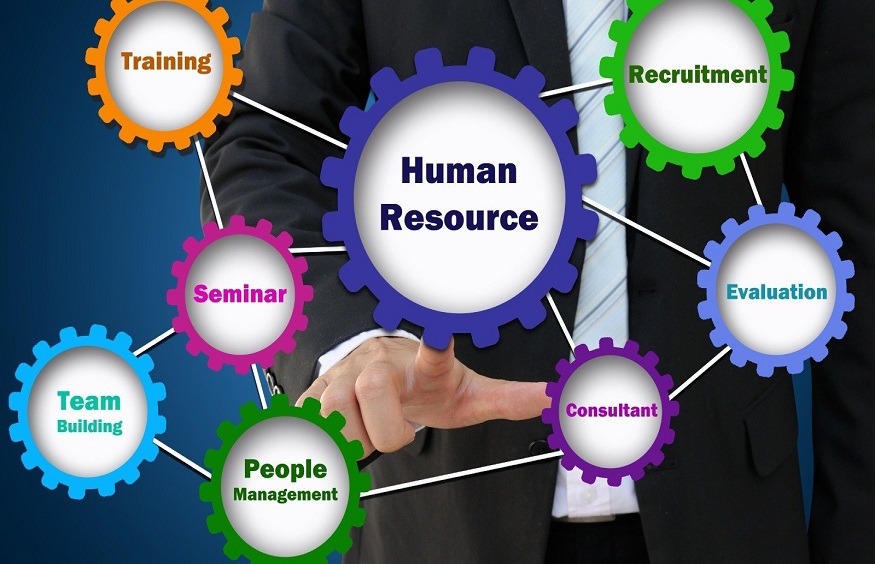
The Real Cost of Losing Your Best Talent
admin
- 0
Selflessness: When a colleague leaves, the rest of the employees will inevitably ask questions and may even consider leaving as well. This “domino” effect can significantly contribute to employee demotivation, causing an annual productivity loss of nearly $550 billion for American companies.
Signs that can detect an imminent departure
Like a poker player revealing certain clues about his hand, the behavior of a team member can be indicative of his intention to leave.
A new study by researchers at Utah, Florida, and Arizona State Universities outlines a set of 13 behaviors that can be observed when employees are considering quitting. Managers can use this information to detect a risk of resignation and possibly intervene in time to convince employees to stay.
These behavioral signals include :
A drop in productivity
A reluctance to commit to long-term projects
A lack of enthusiasm for the company’s mission
Less willingness to work as a team
Stereotypical cues , such as wearing a suit in an informal office or an employee’s sudden increase in medical appointments, do not provide a clear statistical correlation with an employee’s imminent departure. this.
Researchers also found that job searches increase by 6% near an employee’s hiring anniversary , by 12% on birthdays, and by 16% during non-work related meetings, such as alumni meetings, when some are more inclined to reevaluate the status of their life goals.
Given these numbers, it’s tempting to view employee turnover as a fact of life. However, many of the reasons why employees quit are surprisingly simple, even for the best employees, and managers who fail to ask why their employees want to leave may needlessly lose people they will struggle to replace.
The new staff retention model
If high salaries and attractive benefits programs weigh the balance, it’s no longer enough to retain your key employee.
In recent years, there has been a significant shift in the employee/employer dynamic : young professionals plan to work for many companies over the course of their careers and seek personal fulfillment at every stage.
This change is an expression of the need to establish a new model of staff retention which begins with recruitment and goes through the creation of a fulfilling work environment.
Effective staff retention strategies start with recruiting the right person .
One of the main reasons for quitting in the first year is lack of fit for the position, so don’t exaggerate the merits of this during interviews. Be honest about what the position entails and how results will be measured.
Facebook Chief People Officer Lori Goler shares her favorite interview question with The Wall Street Journal :
“When you arrive home in the evening after a fun day at work and you think, I have the best job in the world , what did you do that day? » I want to be sure that whatever job or position the person is going to occupy, it meets their expectations.
Adaptation to the position is not the only thing to consider when recruiting; cultural fit in particular is more important than ever.
Young millennials represent more than half of today’s workforce , and the people around them every day are as important to them as the work itself . They want to work alongside people they like and with whom it is pleasant to collaborate. And if they don’t find that within your company, they’ll look for it elsewhere.
So how do you create this culture of camaraderie?
In an article published on LinkedIn Pulse , Josh Bersin, founder of Bersin by Deloitte, advises managers to apply Maslow’s hierarchy of needs to establish a rich company culture that meets the expectations of high performers.
Once people feel safe (well paid), they seek meaning in their work, to be able to practice their personal skills and interests, to feel appreciated and to work for a company that they are proud.
Recognition and rewards remain powerful and useful ways to create a positive culture. Raises, promotions and public recognition are therefore essential to maintain the interest of a key employee.
As Jean Martin and Conrad Schmidt argue in an article in the Harvard Business Review , “Even those who are not considered key employees work better in a place where their colleagues are rewarded for their merits.”
While public recognition remains one of the key elements of a positive company culture, top employees also need frequent feedback and recognition from their managers.
50% of high-performing employees want to meet at least once a month with their managers , but only 53% get the information they want from them.
Busy managers need to find time for one-on-one meetings with the best members of their team, or they risk feeling undervalued or held back in their careers.
Continuing education is also essential for a company culture that promotes the retention of top performers. It not only benefits your staff, but also your organization. High-performing, high-potential employees represent the future leadership of the company, and this must be encouraged from the start of their careers.
However, sending staff to conferences, conventions or 3-day certification programs is no longer enough. Today’s high-performing employees are looking for continuing education opportunities, delivered via innovative platforms that fit their personal agenda.
Continuing education must be part of the daily priorities and agendas of your best employees. Even managers with a limited training budget can frame new projects and assignments to provide learning opportunities to keep key employees engaged.


